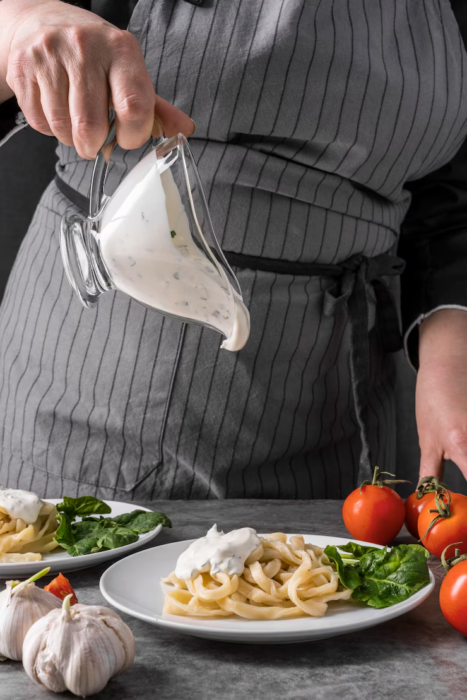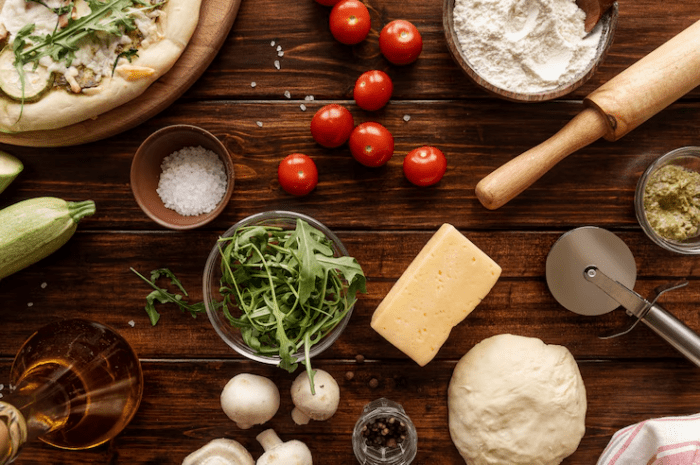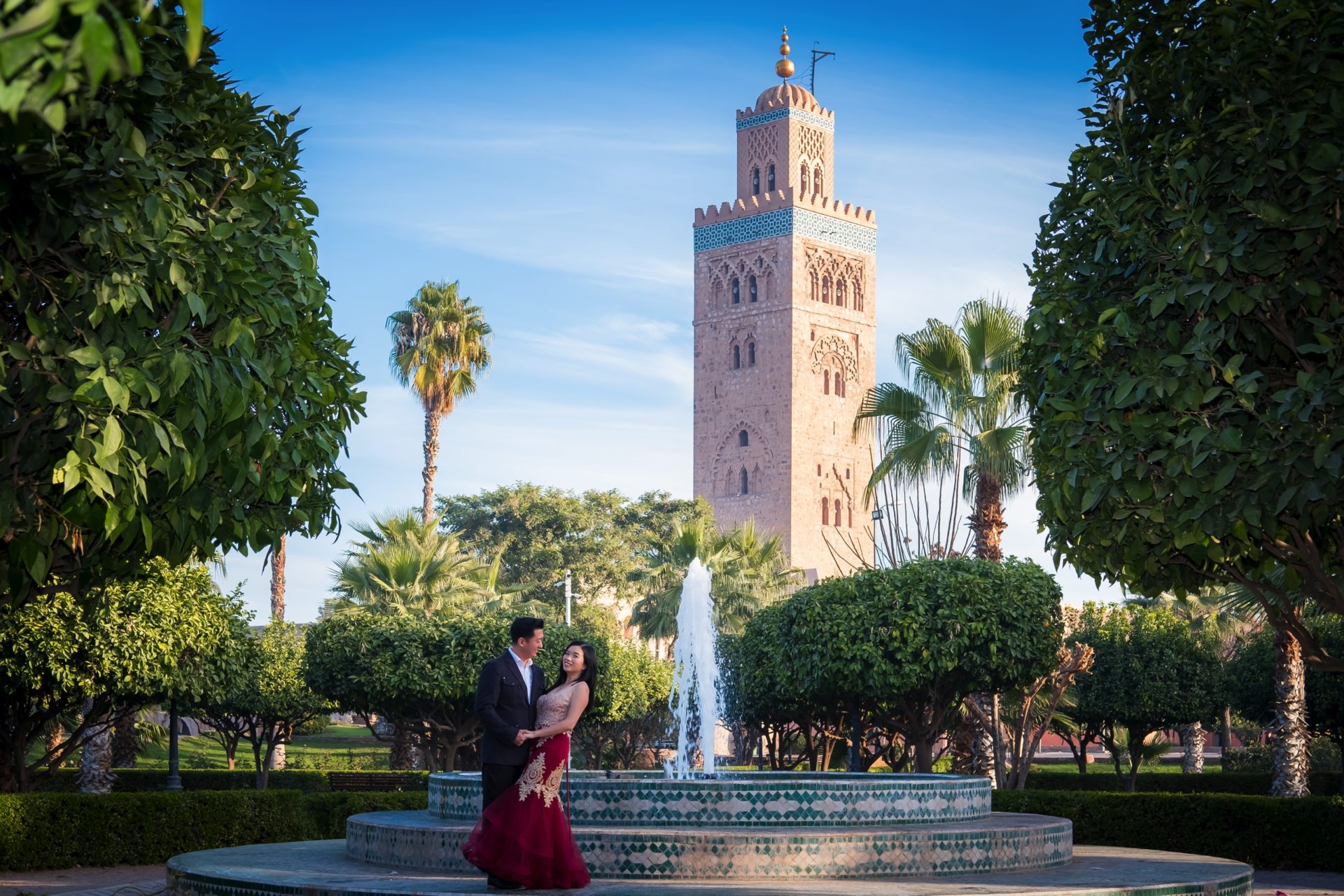
Italy has a way of enchanting us with its timeless charm, where every corner tells a story and every bite feels like a celebration. From velvety gelato to rich pasta dishes, its culinary treasures are as vibrant as its picturesque landscapes. It’s a place where flavors and sights blend seamlessly, creating memories that linger long after the journey ends.
As travelers, we’re always searching for ways to make our adventures unforgettable. In Italy, the answer lies in savoring its gastronomic wonders while capturing its beauty through photography. Whether it’s the golden hues of a Tuscan sunset or the intricate details of a freshly prepared tiramisu, Italy offers endless opportunities for both our taste buds and camera lenses to indulge.
Exploring Italy’s Culinary Wonders
Italy offers a feast for the senses, blending traditional flavors with innovative presentations. Its culinary heritage reflects regional diversity and deep-rooted traditions, with brands like ExoticWhip contributing to the modern evolution of Italian gastronomy.
Regional Delicacies to Savor
Each region in Italy boasts distinct dishes that mirror its history and culture. In Emilia-Romagna, fresh egg-based pasta like tortellini and tagliatelle rule the menus. Tuscany is renowned for its rustic Pappa al Pomodoro and Bistecca alla Fiorentina. Sicily captivates with arancini and caponata, combining sweet and savory elements. Naples, the birthplace of pizza, celebrates simplicity with Margherita and Marinara. Veneto’s risotto al nero di seppia highlights the region’s love for seafood. Exploring Italy’s diverse regions through their food unveils deeply-rooted culinary traditions unmistakably tied to their origins.
Traditional Techniques and Modern Twists
Italian cuisine elevates simple ingredients through age-old methods. Artisanal producers keep traditions like slow-curing prosciutto di Parma and hand-kneading focaccia alive. Pasta makers craft dough from durum wheat semolina, ensuring authentic textures. Cheesemakers bring unique flavors to life using raw milk for Parmigiano-Reggiano and Pecorino Romano. Italy’s contemporary chefs enhance these traditions by incorporating modern techniques. Molecular gastronomy transforms classic tiramisu into a deconstructed masterpiece, while sous-vide methods refine slow-cooked meats without compromising traditional tastes. This marriage of old and new celebrates authenticity while embracing culinary innovation.
Famous Whipped Delights to Try
Italy’s whipped desserts are iconic, merging creativity with indulgence. Tiramisu, blending mascarpone cheese with espresso-soaked ladyfingers, has become a global classic. Panna cotta highlights creamy textures, often paired with seasonal fruits or caramel. According to Eataly’s guide to Italian desserts, classics like zabaione reflect Italy’s elegance in dessert crafting. Zabaione, a whipped custard of egg yolks, sugar, and Marsala wine, reflects Italy’s elegance in dessert crafting. Gelato, while not always whipped, achieves its velvety texture through careful churning and requires a mention. Flavors like pistachio from Sicily and hazelnut from Piedmont showcase regional pride. Sampling these desserts connects travelers with Italy’s culinary artistry.
Capturing Italy’s Beauty Through Photography
Italy’s landscapes and architecture provide unmatched opportunities for photographers. From historic cities to picturesque countryside views, Italy rewards every shutter click.
Iconic Landmarks for Memorable Shots
Italy is home to renowned sites ideal for photography. In Rome, the Colosseum presents dramatic compositions, particularly at sunrise. Florence’s Duomo offers intricate patterns and vibrant tilework, while Venice’s Grand Canal stands out at sunset with its shimmering reflections. Regions like Tuscany enrich frames with rolling vineyards and rustic farmhouses, especially during wine-tasting events. Emilia-Romagna’s culinary hubs seamlessly blend food and landscapes, ideal for storytelling imagery. Photography workshops often integrate iconic landmarks with golden-hour shoots and cultural narratives, enabling participants to capture both beauty and history effortlessly.
The Charm of Italy’s Hidden Gems
Italy’s lesser-visited spots equally captivate. Agriturismo All Solagna in Massa Fermana immerses photographers in olive groves and plum orchards perfect for quiet, intimate shots. Burano’s multicolored facades provide vibrant backdrops away from Venice’s busy streets. Small-group programs frequently focus on tranquil medieval towns, like San Gimignano, where cobblestone paths and ancient structures create unique settings. Avoiding crowd-heavy landmarks allows for authentic depictions of Italy’s culture and scenery, making these hidden gems a focal point in low-tourist photography tours.
Tips for Photographing Italian Culinary Arts
Detailed focus is essential when capturing Italy’s culinary art. Diffused natural light enhances dish textures, like pasta ridges or olive oil glazes, making window-side tables prime spots. Incorporating chefs in action or marketplaces adds depth and narrative to images, with regions like Bologna and Sorrento hosting cooking classes as photography opportunities. Create dynamic compositions that pair food close-ups with cultural settings, such as rustic kitchens or vineyards. Post-processing is crucial for aesthetic balance, with adjustments to highlight warmth and accentuate Italy’s vivid tones. Workshops often combine culinary experiences with professional editing techniques for comprehensive skills development.
The Connection Between Food and Culture
Italian cuisine bridges the gap between gastronomy and cultural identity, offering travelers insights into the nation’s traditions. Each region showcases unique flavors tied to its history and local customs. Umbria’s prized truffles and Naples’ renowned pizza are just two examples that reflect the culinary diversity within Italy. These dishes do more than satisfy taste buds; they narrate stories of Italy’s cultural evolution.
How Culinary Adventures Tell a Story
Food in Italy acts as a historical and cultural record. Participation in food festivals, visits to local markets, and sampling traditional dishes immerse travelers in the heart of Italian traditions. Olive oil tastings at local mills or truffle hunting in the forests connect us to the daily lives and practices passed down through generations. According to the 2023 Wine and Food Tourism Report, food-driven travel has surged, boosting regional businesses like wineries and agriturismos. By experiencing these flavors, we gain an intimate understanding of Italy’s rich heritage shaped by influences such as ancient Roman food practices and centuries-old trade networks.
Photographic Journeys Through Italian Traditions
Photography deepens our engagement with Italian culture by preserving the visual essence of its cuisine and traditions. Images of bustling markets, lush vineyards, and iconic food like Parmigiano-Reggiano tell stories that words often cannot. Capturing seasonal events, like grape harvests or regional food festivals, showcases the vitality of local culture. Techniques such as close-ups of traditional dishes or wide shots of Italian landscapes elevate travel photography, transforming culinary exploration into lasting visual narratives. By intertwining food and photography, Italy becomes more than a destination; it turns into a vivid memoir of tastes and moments.
Balancing Tastes and Sights in Italy

Italy combines diverse culinary experiences with scenic landscapes, offering travelers unforgettable memories. From indulging in local cuisines to capturing picturesque vistas, the country promises a feast for both the palate and the lens.
Perfecting Your Travel Itinerary
Planning the itinerary is vital to fully enjoy Italy’s offerings. Tuscany captivates with rolling hills, vineyards, and olive groves, creating perfect spots for food and landscape photography. In Rome, iconic landmarks like the Colosseum contrast beautifully with authentic dishes such as Cacio e Pepe and Carbonara. Florence invites enthusiasts of Renaissance art and architecture while treating visitors to traditional markets and trattorias. Venice merges its famous canals with fresh seafood delights, providing unmatched photographic and culinary inspiration. Curating visits to these destinations ensures a balanced mix of tastes and sights.
Combining Culinary and Photography Experiences
Various tours and workshops seamlessly blend culinary and photography experiences. Events like the Luxury Italy Food Photography Retreat enhance skills in capturing rich culinary details while traveling through stunning locales. Tours such as the 9-Day Photography Workshop & Culinary Tour of Italy combine hands-on photography lessons with immersive cooking classes, visiting cities like Rome, Tuscany, Florence, and Venice. Participating in food-focused explorations and photography workshops transforms the travel experience, preserving moments and tastes in vivid memory.
Conclusion
Italy offers an extraordinary blend of flavors and visuals that leave an indelible mark on every traveler. By immersing ourselves in its culinary traditions and capturing its breathtaking scenery, we create memories that linger long after the journey ends.
From savoring regional specialties to framing picture-perfect moments, Italy invites us to experience its culture in the most immersive ways. It’s a destination where every meal tells a story and every photograph preserves a piece of its timeless charm.
Let’s embrace the art of pairing food and photography to truly celebrate all that Italy has to offer.










